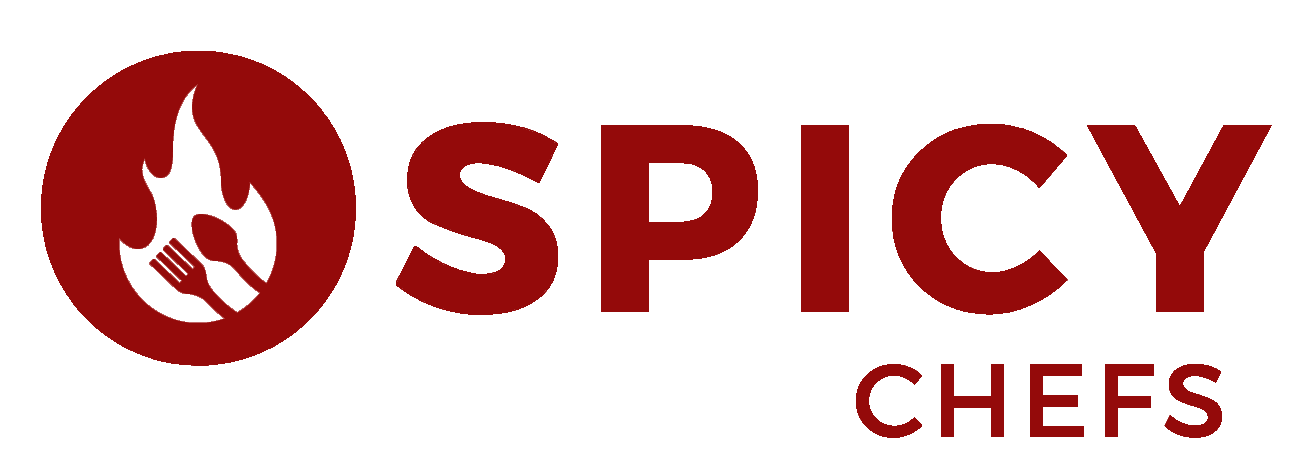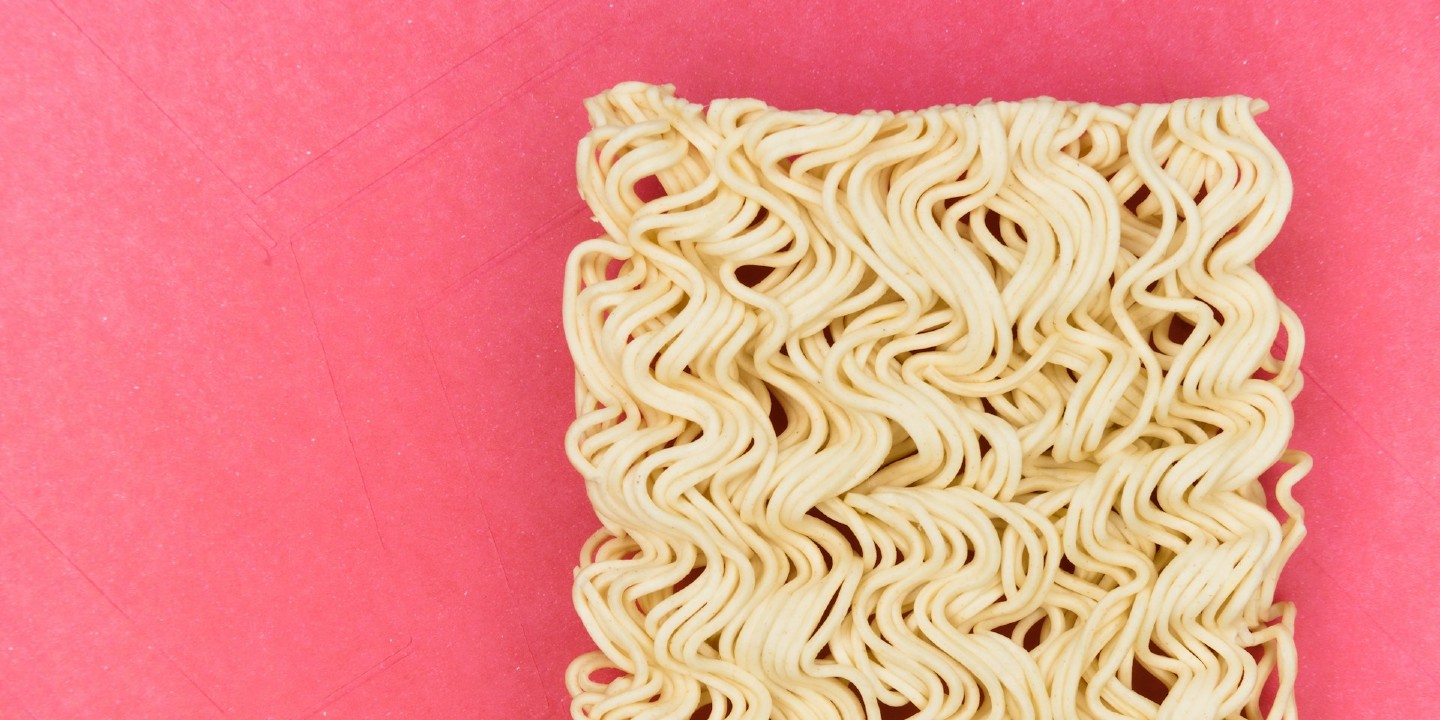Willpower Or Good Planning?
Not all food choices are made in the grocery aisle. Some are created in group chats, on fitness apps, or during the early hours of the morning. There's a ton of diets out there that people absolutely swear by, but have you ever wondered which eating styles are simple and which ones feel like you need a degree in nutrition and math? Let’s break it down, starting with the most restrictive.
1. Carnivore Diet
In this eating plan, you eat only meat. No fruits, vegetables, grains, or legumes. The appeal lies in its simplicity. Some claim it offers anti-inflammatory benefits, while others argue its long-term effects remain unclear. Socially, it’s brutal because imagine ordering everything meat every single time you go out.
 PublicDomainPictures on Pixabay
PublicDomainPictures on Pixabay
2. Fruitarian Diet
A fruitarian diet is where you consume mostly raw fruits. Yet again, you eliminate grains and veggies. You can have nuts but in moderation. To say the least, this food routine is extreme. The human body thrives on variety, and this diet slashes it.
3. Raw Vegan Diet
Cooking is off-limits here since everything is raw and plant-based. This means that you do not consume any meat or dairy products. Plus, say goodbye to hot meals on cold days (Brr.). Enthusiasts say it preserves enzymes; critics argue it sacrifices nutrients.
4. Liquid Diets
Here, you sip your way through the day since solid foods are forbidden. People typically use it for detox or rapid weight loss, but it’s tough on the mind. If you are going to any event like a wedding, you’ll be toting celery juice while others feast.
5. Keto Diet
You chase ketones by slashing carbs below 50g daily. Bread is out, and you limit fruits. This diet is rigid because it requires meticulous planning and close scrutiny of carbs. Social eating while on keto becomes a tactical approach.
6. Paleo Diet
This is where modern foods mimic ancient diets. Yup, ancient, Paleolithic style. Here, you say farewell to dairy, legumes, and grains. While it feels earthy and ancestral, sourcing everything unprocessed requires strategy. And sometimes, even deeper pockets.
7. Low FODMAP Diet
A low FODMAP diet eliminates fermentable carbs—lactose, fructose, and more. It’s a relief for Irritable bowel syndrome (IBS), but it’s a puzzle if you’re diving without guidance. You’ll read every label and question every ingredient.
8. Atkins Diet
In this diet plan, carbohydrates start at nearly zero and rise only gradually. Although less rigid than keto in the long term, the early phases are super restrictive. If you’re going the Atkins way, expect to track macros and feel odd about skipping an apple because it’s too “carby.”
9. Whole30 Diet
For 30 days, all sugar, alcohol, grains, legumes, dairy, and additives are banned. You reset your habits but with zero cheating. With Whole30, social invites are considered an obstacle course. Even condiments and spices need scrutinizing. To hack compliance, you need iron willpower.
10. Intermittent Fasting (Strict)
You eat only during narrow windows, sometimes just 4 hours. This timing affects every part of your schedule. If someone invites you for a spontaneous lunch, you either decline or sit it out. It’s less about what you eat and more about when, which complicates daily rhythms.
Now that we’ve dished out the restrictive diets, let’s get into the ones that feel like a breeze. Here’s how they line up, starting with the ones that require the least resistance.
1. Flexitarian Diet
In a flexitarian diet, you lean toward plant-based foods but still allow meat occasionally. No food is strictly off-limits, making it easy and social. The structure is gentle, not rigid. So, if you want steak on Friday and tofu on Monday, go ahead.
 Ella Olsson from Stockholm, Sweden on Wikimedia
Ella Olsson from Stockholm, Sweden on Wikimedia
2. Mediterranean Diet
Rooted in tradition, this eating style welcomes fruits, vegetables, fish, whole grains, olive oil, and the occasional glass of wine. It’s both heart-friendly and delicious. Following it feels like joining a vibrant, global feast with zero guilt and no drastic restrictions.
3. DASH Diet
Designed to fight hypertension, DASH emphasizes portion control, low sodium, and lots of fresh produce. This diet is a pragmatic shift rather than a culinary overhaul. The rules support health without punishing your cravings.
 U.S. Department of Agriculture on Wikimedia
U.S. Department of Agriculture on Wikimedia
4. Weight Watchers’ Diet
This eating style assigns points to foods based on their nutritional value. A higher point value means the food is less nutritionally aligned with the program’s goals. For instance, pizza and fast food will have higher points. But if you want some, make it fit.
5. Vegetarian Diet (Not Vegan)
Plants dominate in a plant-based diet, but you can include meat or dairy. Think of it as a green-centric spectrum. It’s open-ended, sustainable, and culturally inclusive. The focus lies in choices, not bans, and this makes sticking to it surprisingly refreshing.
6. MIND Diet
This blend of DASH and Mediterranean plans targets brain health. Emphasizing berries, nuts, leafy greens, and fish, it’s like a memory-boosting grocery list. You still enjoy most food groups, just with intent. This is more about dietary mindfulness rather than food policing.
7. Intuitive Eating
Here, you learn to tune into your hunger and fullness cues—a refreshingly simple idea that can feel surprisingly freeing. That said, intuitive eating empowers you to take back control. And with the right support, it’s a gentle and empowering shift.
8. Pescatarian Diet
With a Pescatarian diet, there is no meat, but fish is allowed. This simplifies choices while offering high-quality protein. Sushi dates are still on, but BBQs might be out. It’s easier than vegetarianism for some, offering omega-3s and flexibility while still aligning with ethical or health goals.
9. Vegetarian Diet
Here is yet another eating plan where all meat is off-limits, but eggs and dairy are fair game. Restaurants almost always offer something vegetarian. However, learning about protein balance remains essential, so incorporate meals with beans, lentils, and even tofu into your daily routine.
10. Blue Zones Diet
Inspired by the world’s longest-living populations, the Blue Zones diet encourages whole, plant-forward foods without bans or calorie counting. Meals are rich in legumes, whole grains, and veggies, with meat and dairy only occasionally. This eating style is about joyful longevity and cultural connection.

























